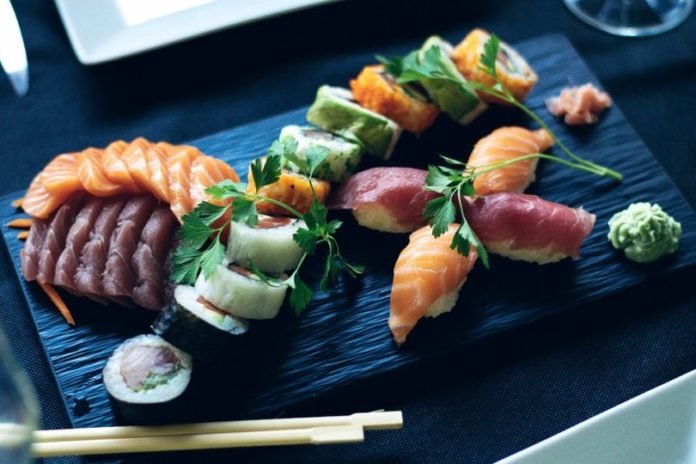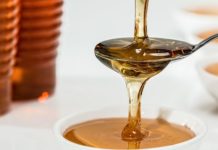And why is it Japanese? It is mostly fresh and not preserved. There are very few sugars and refined foods. On the contrary, it contains a large number of cereals and vegetables, and this food composition can play an important role in the prevention of a variety of diseases, particularly heart or heart attacks.
What we find in a traditional Japanese diet
Because it contains a large number of different color vegetables and fruits, it contains a whole range of nutrients, especially phytonutrients – antioxidants and flavonoids. It has low calories and saturated fatty acids.
Rice, fish, meat, boiled, pickled and fermented vegetables are of great importance for the digestive system, have probiotic effects and help in reducing irritable bowel syndrome, seaweed that contains a variety of beneficial minerals and soy products beans.
Which foods should not be missed in our diet
Rice
It is free of grease and has a low energy value.
Vegetables
The plate should appear several times a day, especially in raw form. Its diversity is also important. Especially red peppers, beans, onions, spinach, bamboo sprouts, turnips or mushrooms.
Fish and seafood
Not only modified, but also raw. Ideally, salmon or tuna and seafood are mainly shrimps.
They contain omega – 3 fatty acids that help keep the heart healthy and the entire vascular system.
Green tea
It is full of flavonoids and antioxidants known as catechins that help fight cancer. Ideal is his subtle variant known as matcha.
Soya
Not just soy beans, like soy milk or tofu. Beware of allergies for which it might not be a good food.
Seaweed
We can find them not only in sushi, but they are also part of the soup or as a main course. We find not only minerals, but also vitamins and a great deal of protein.





